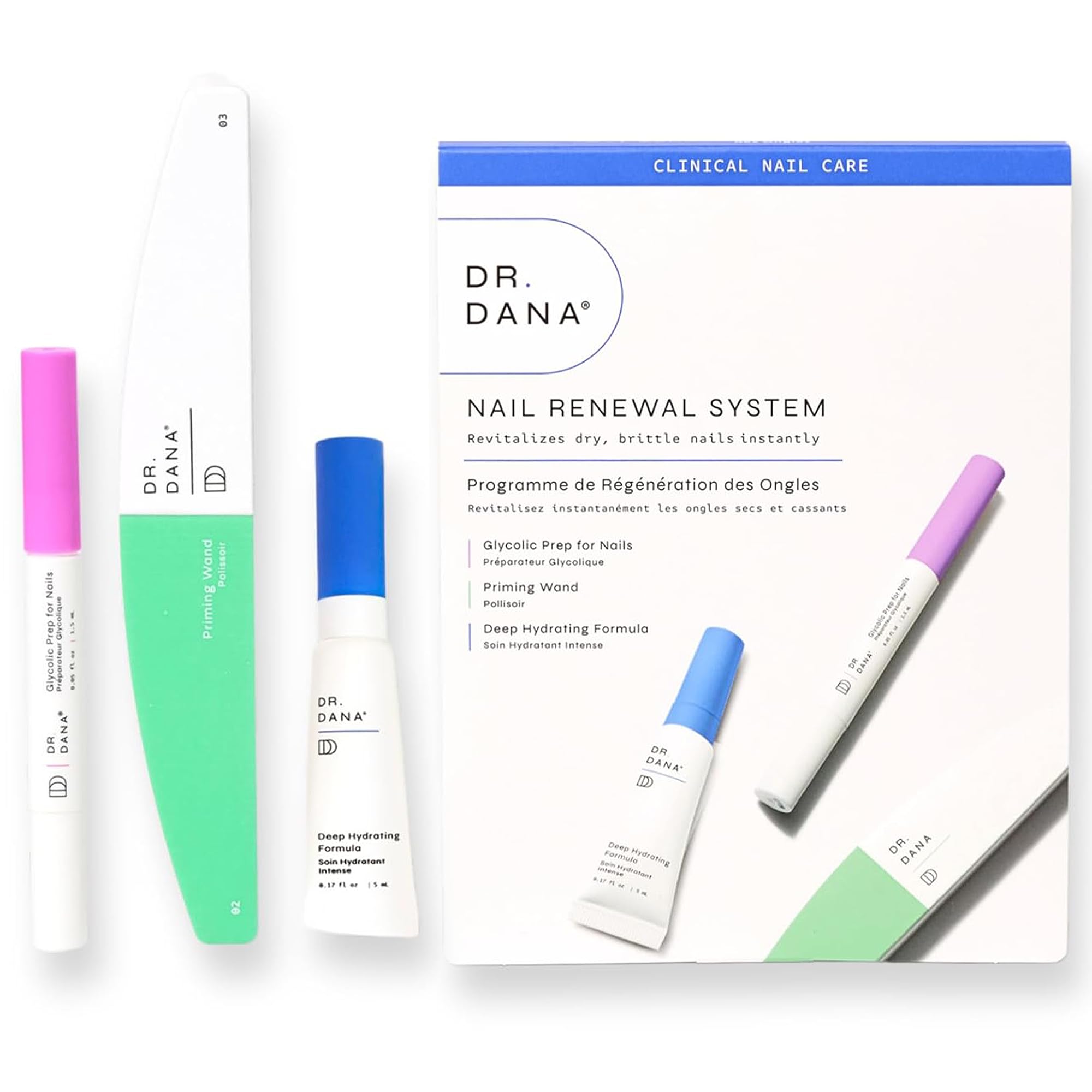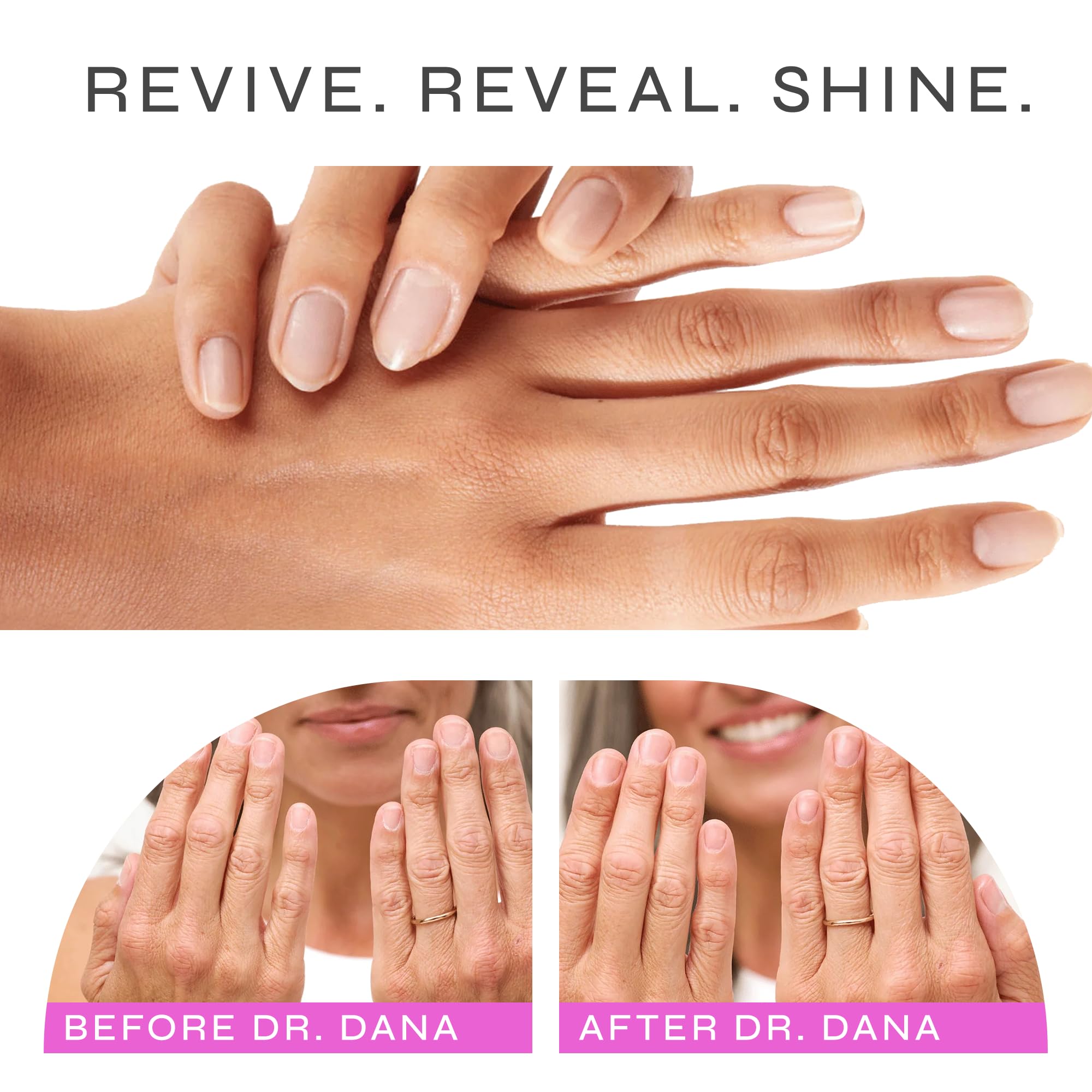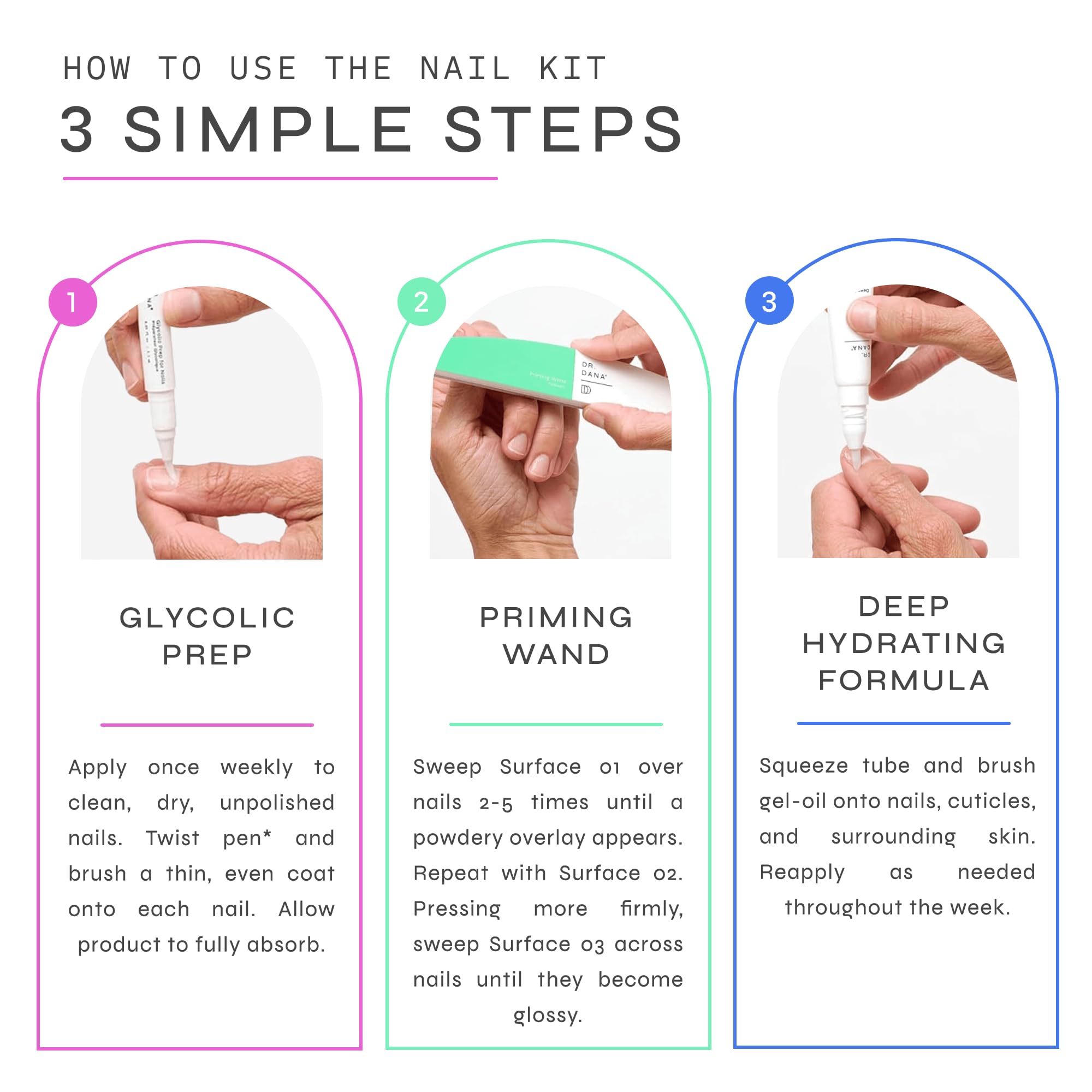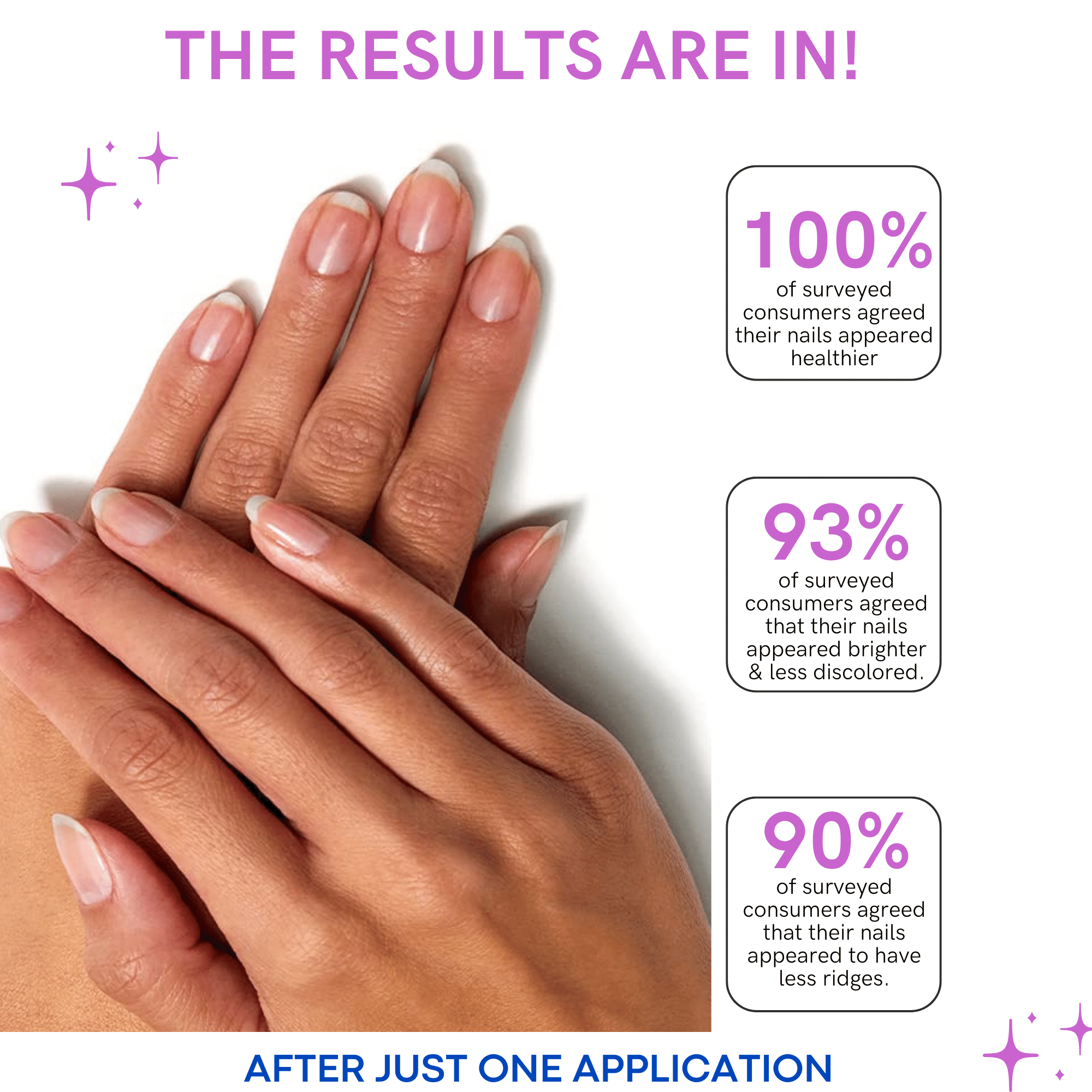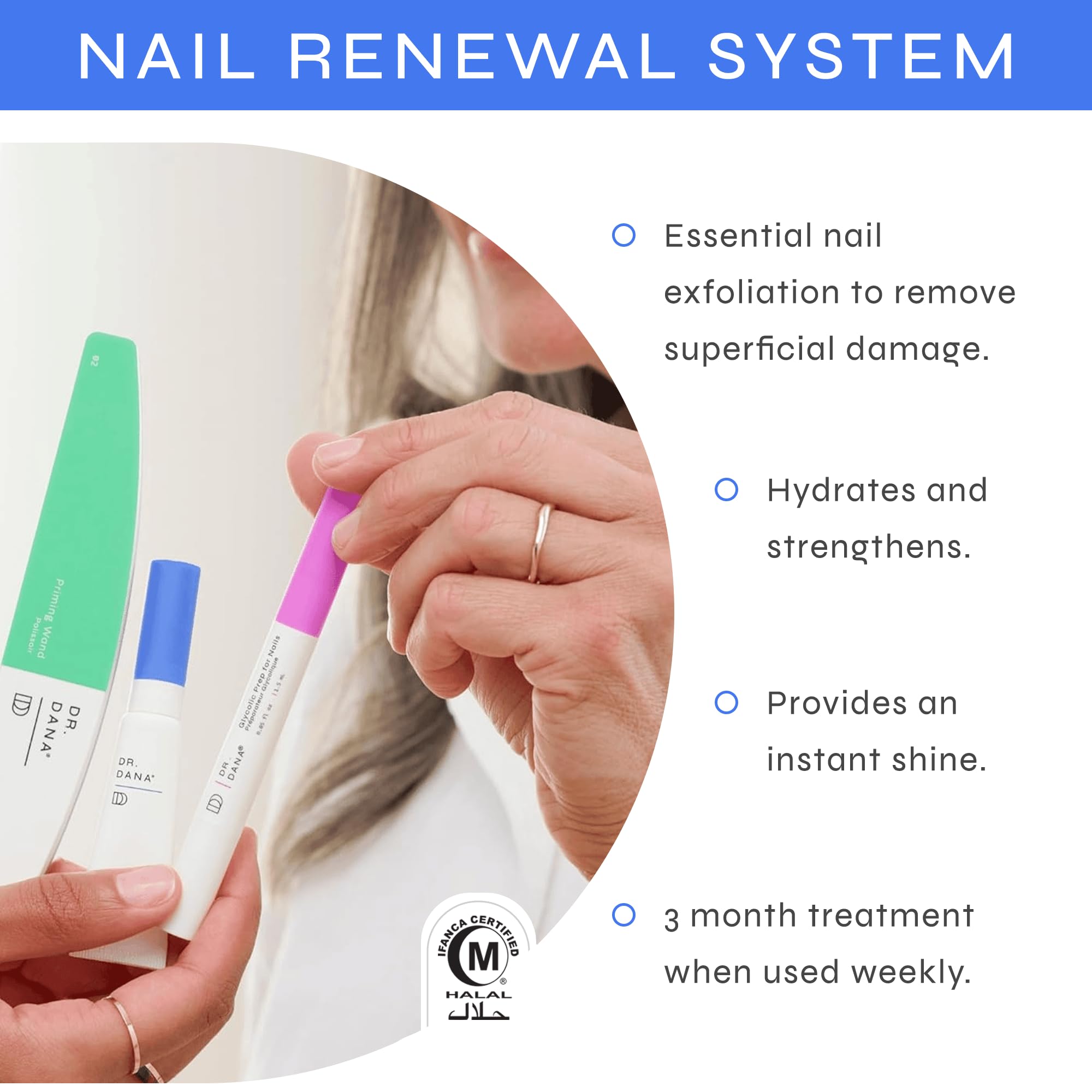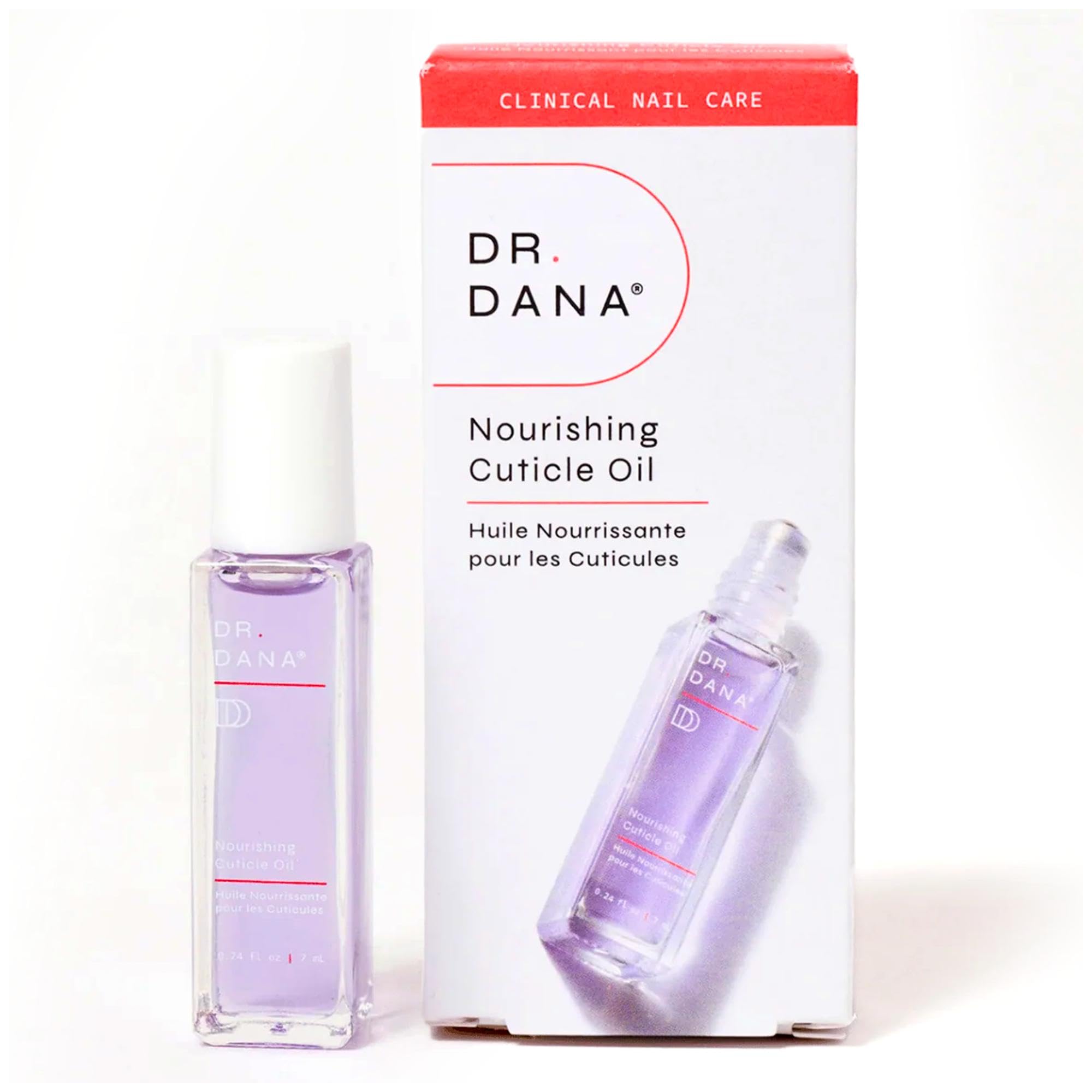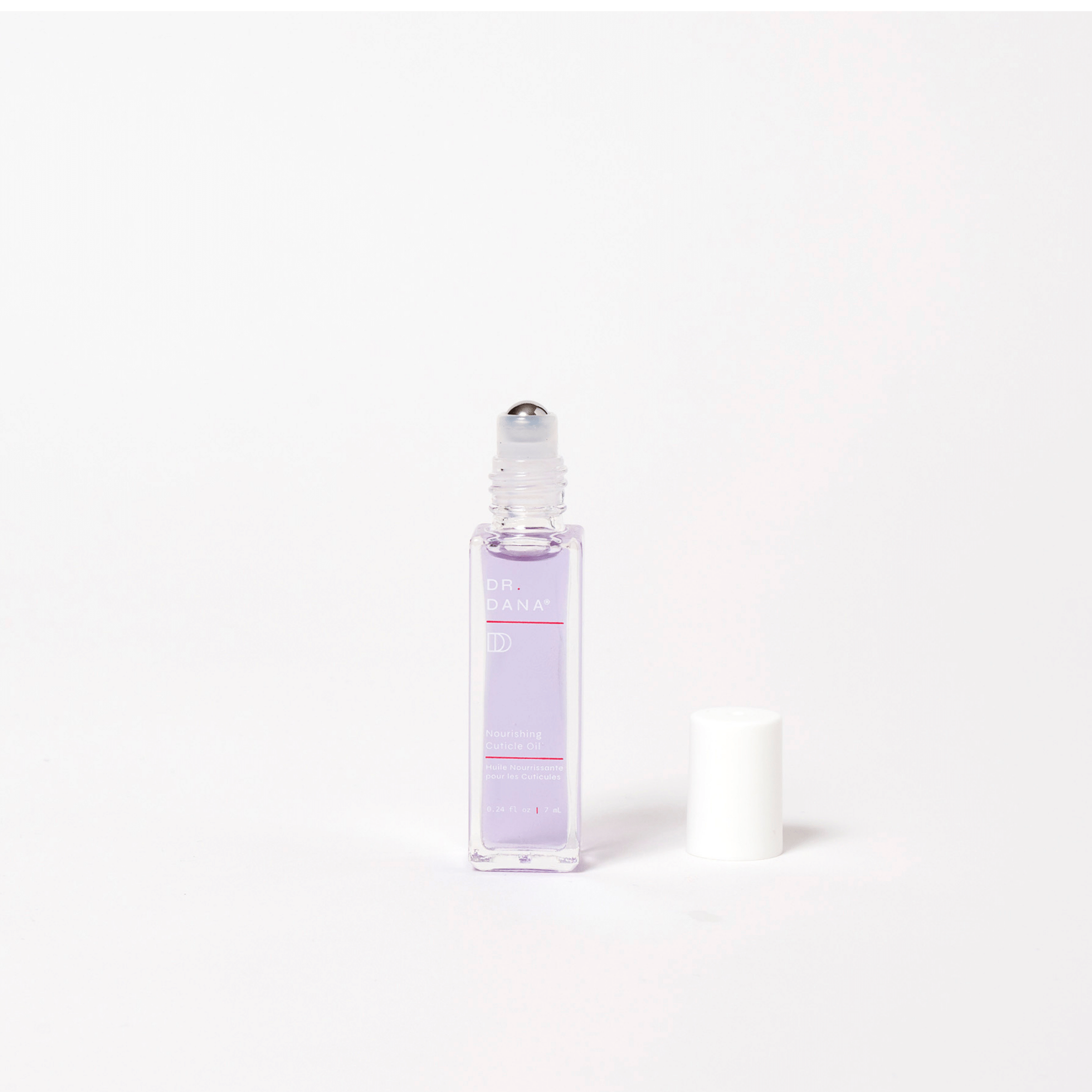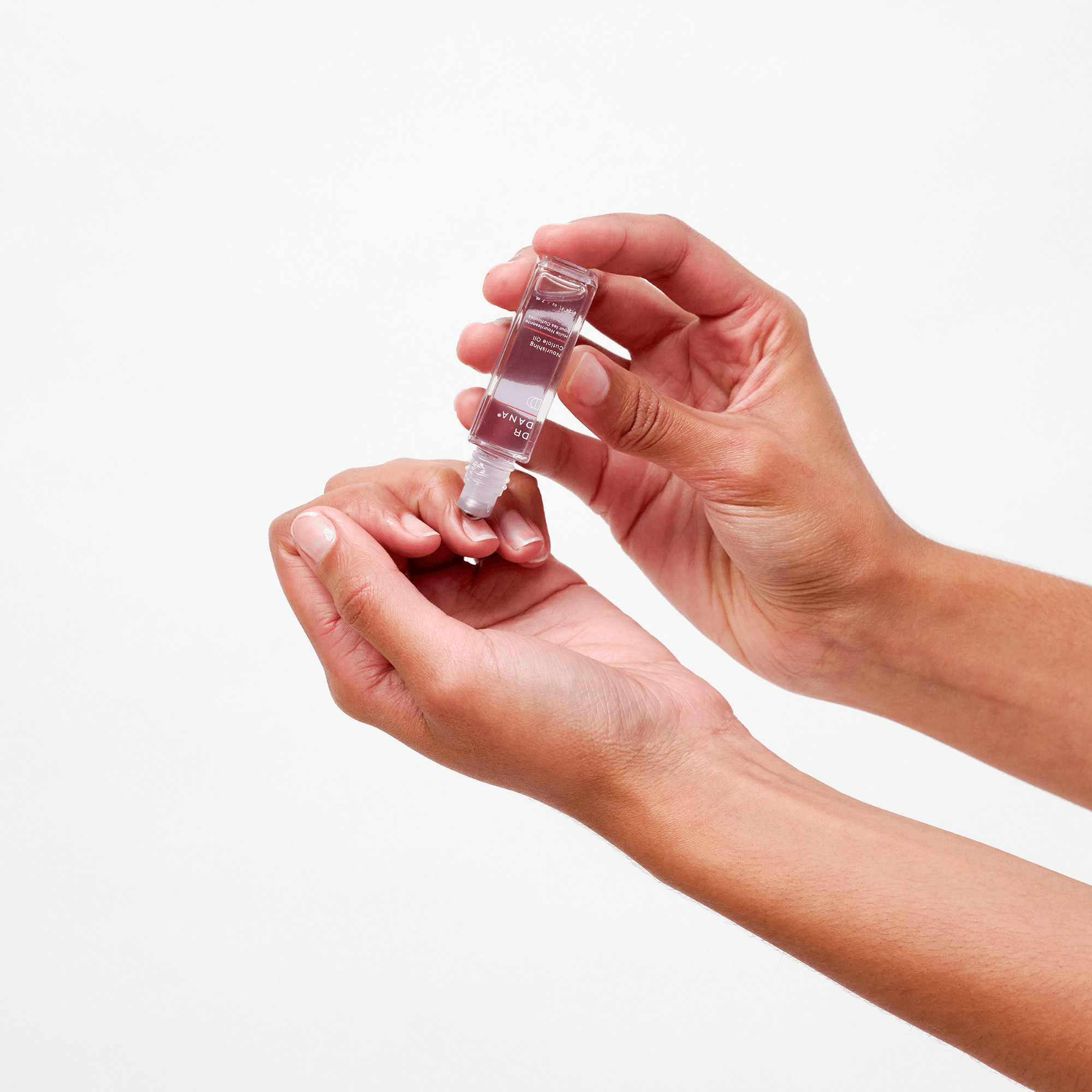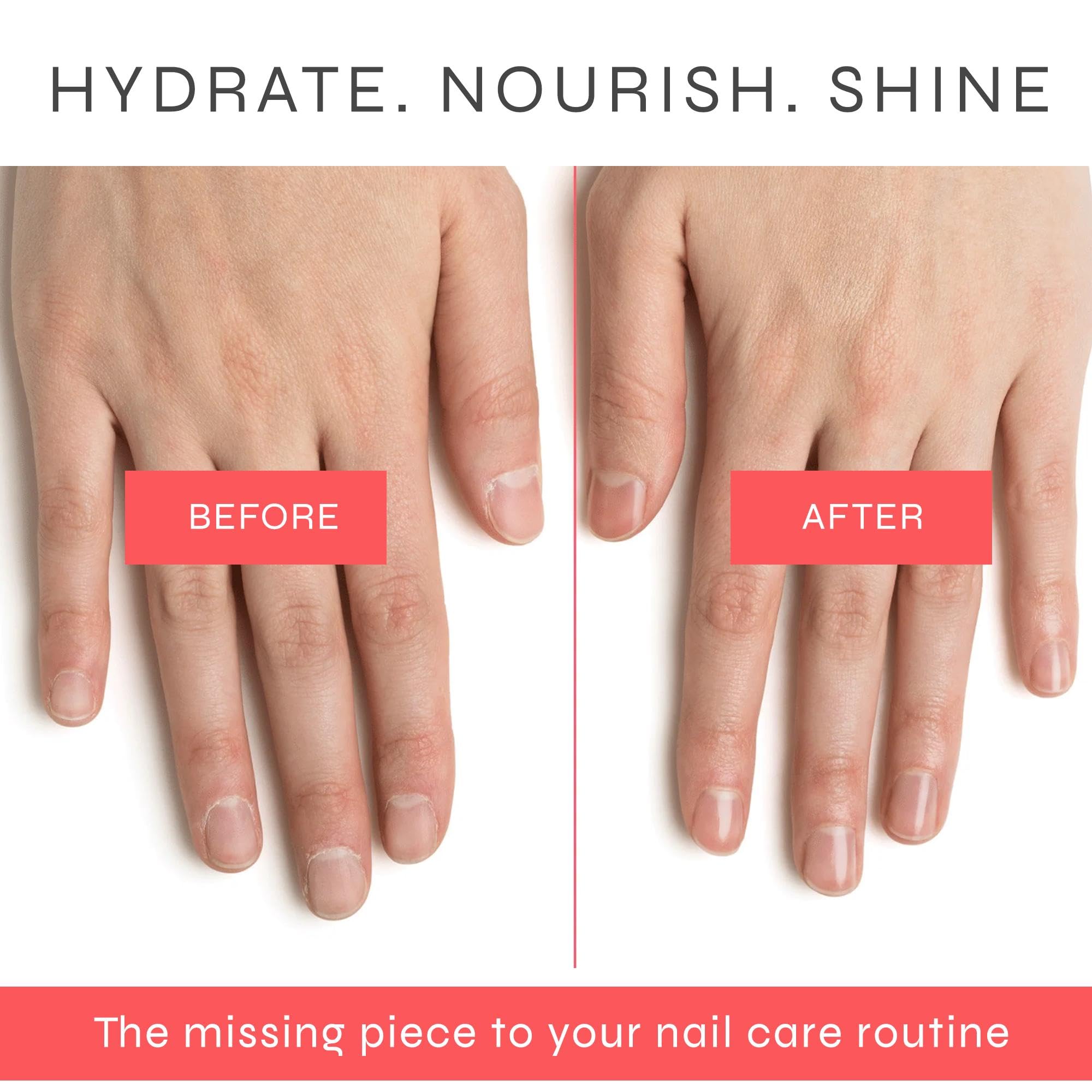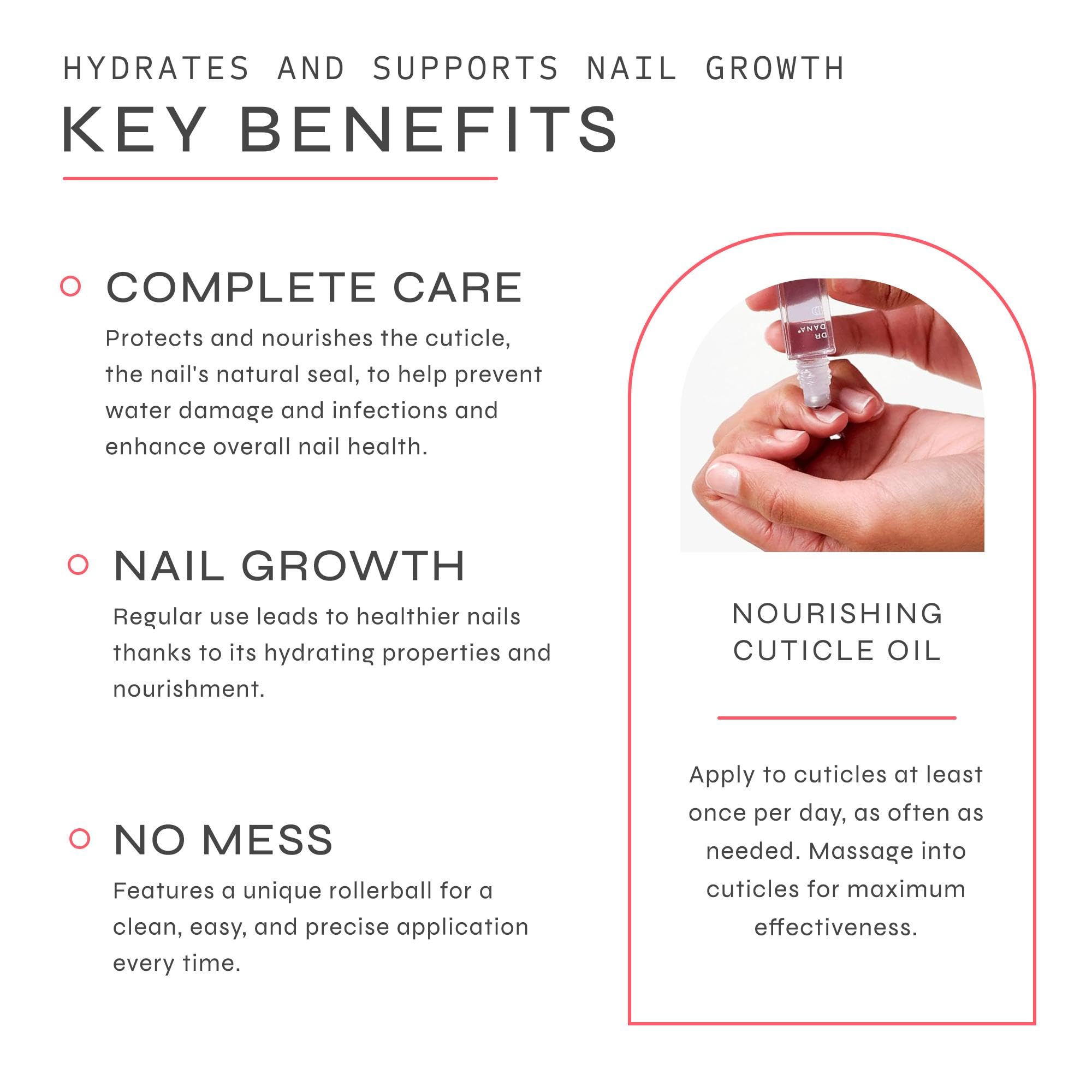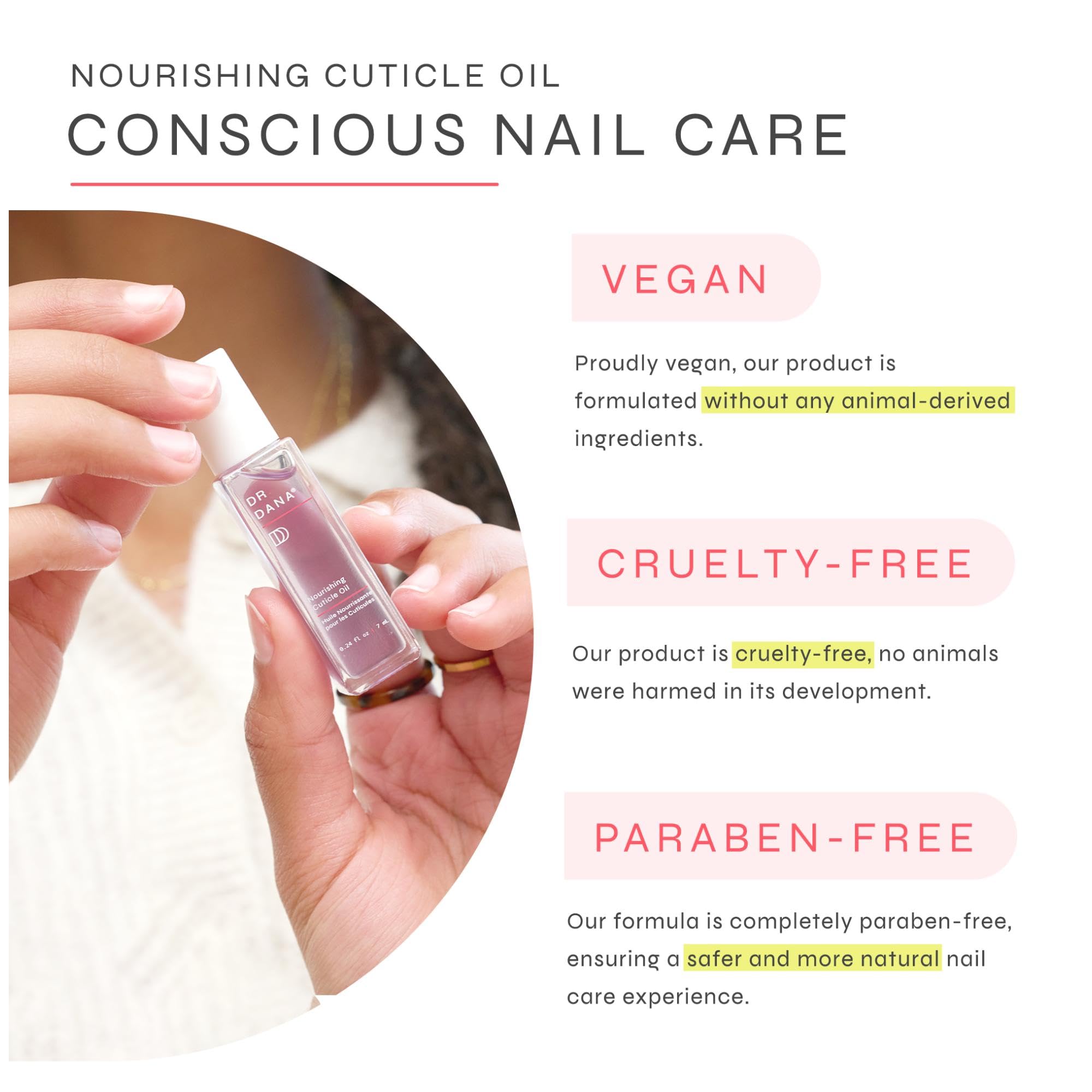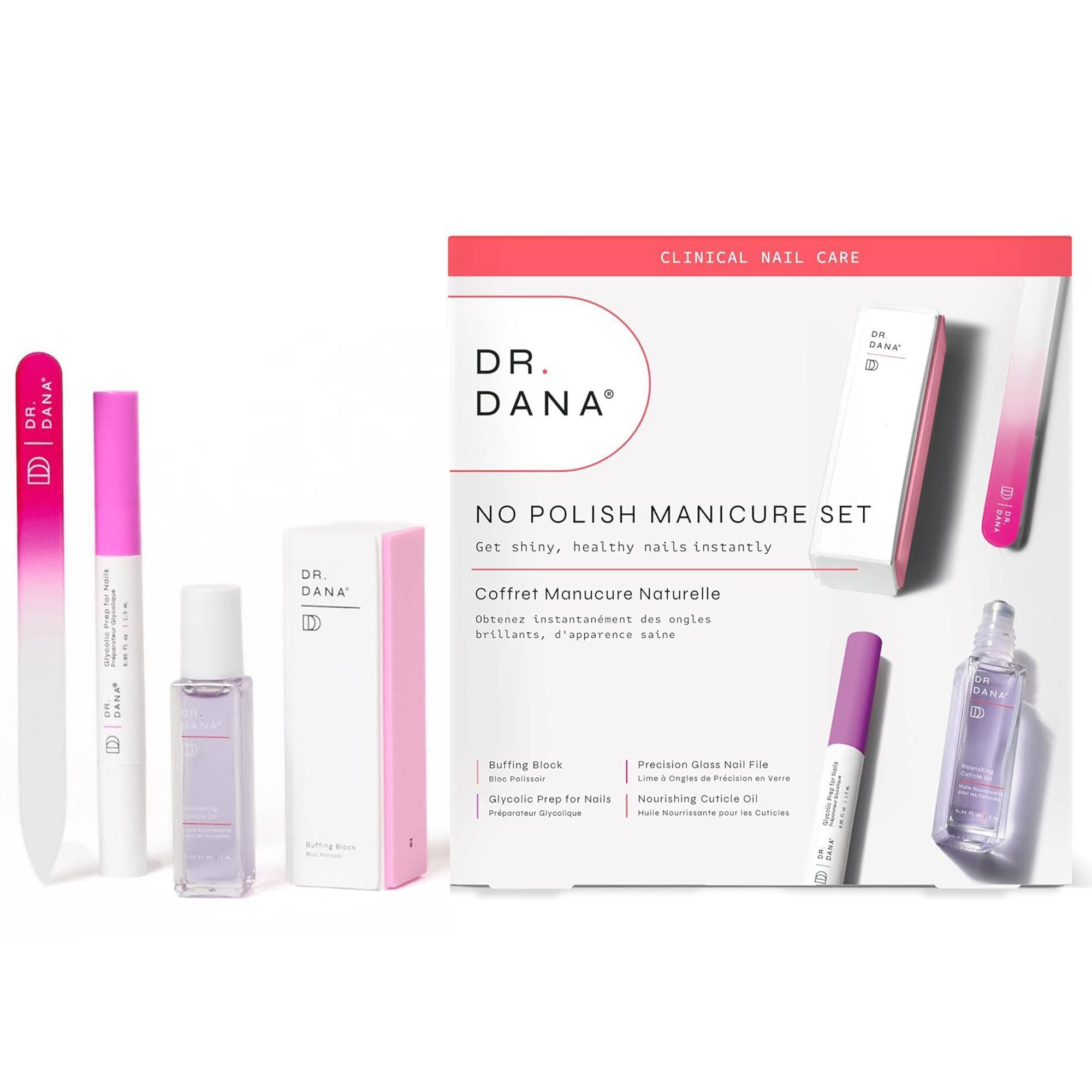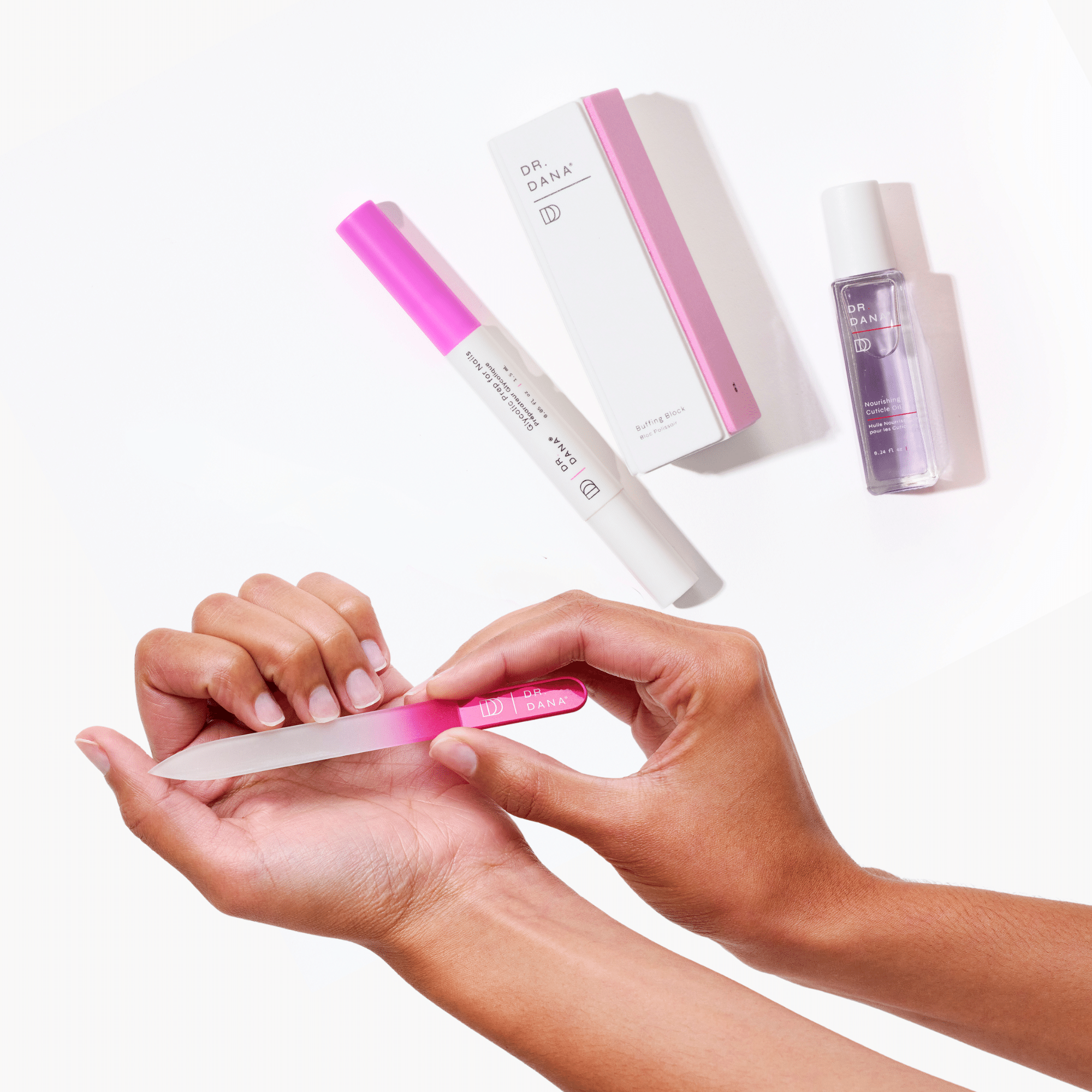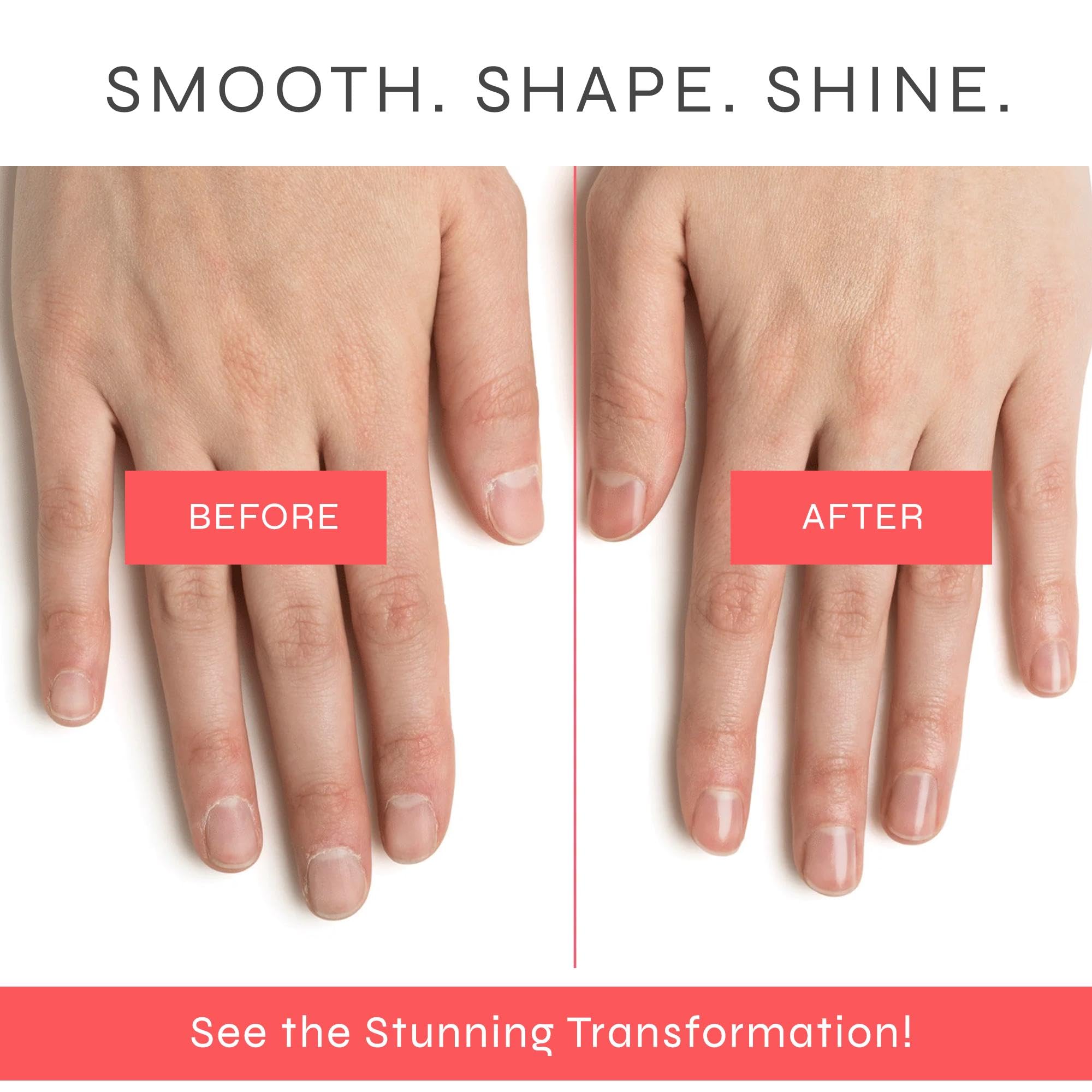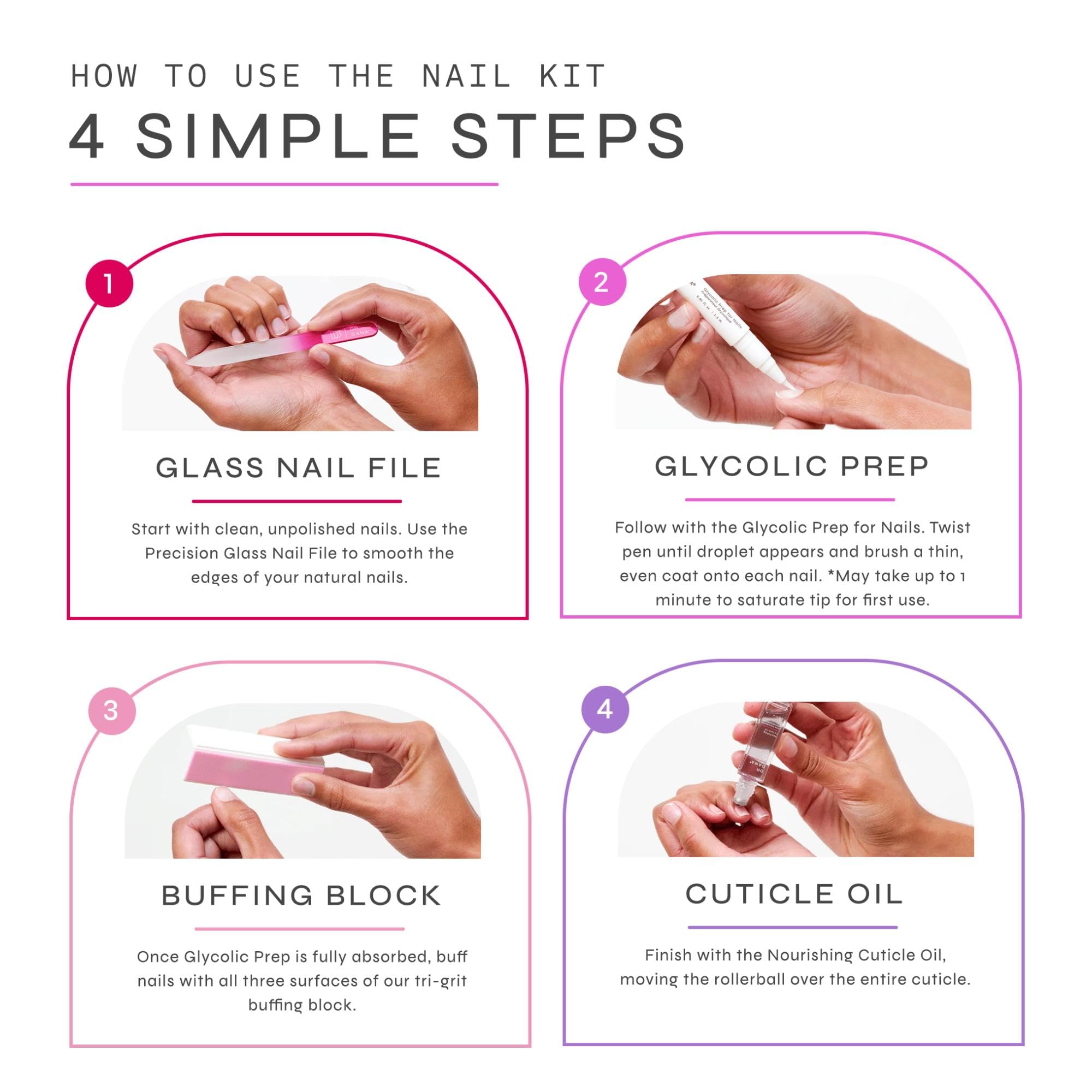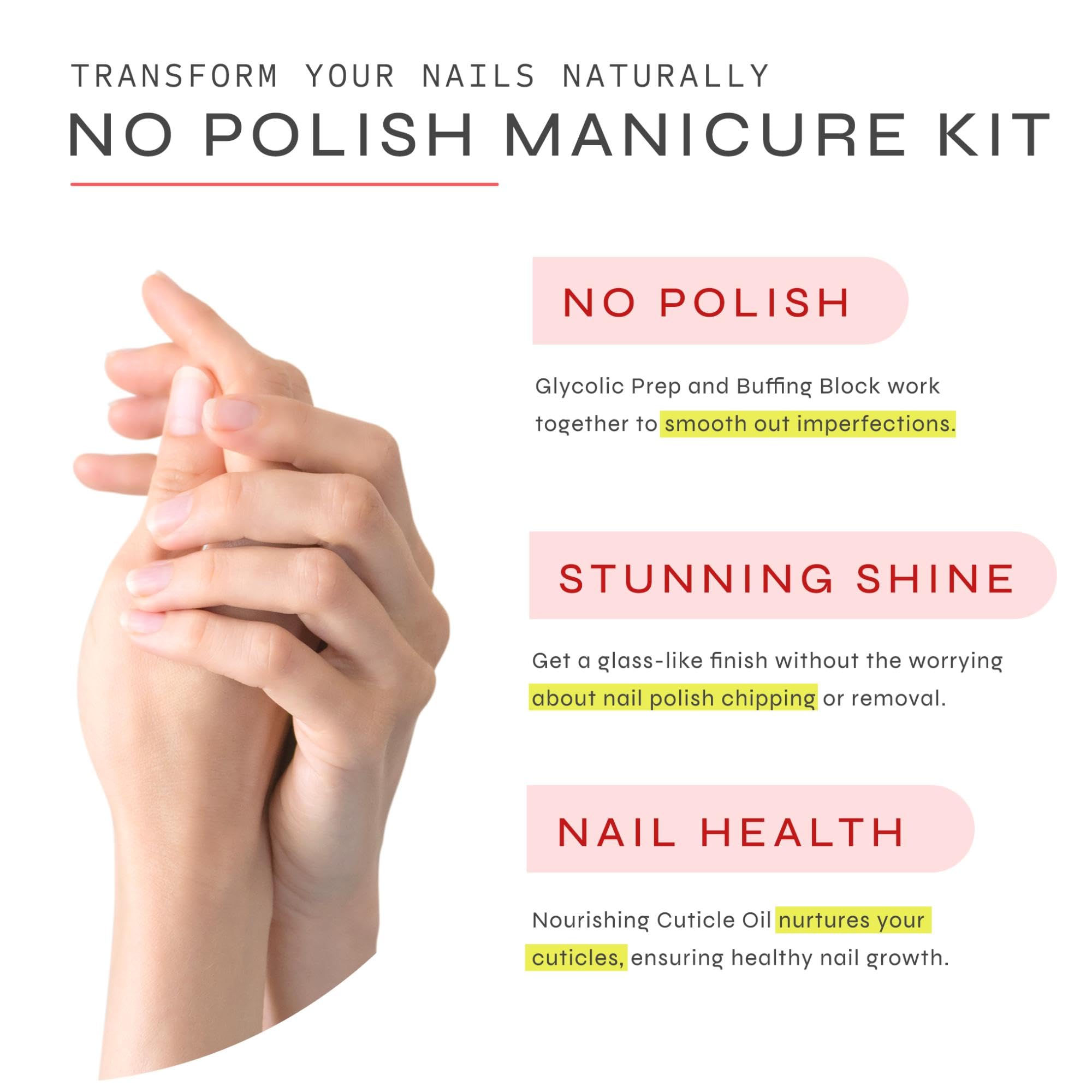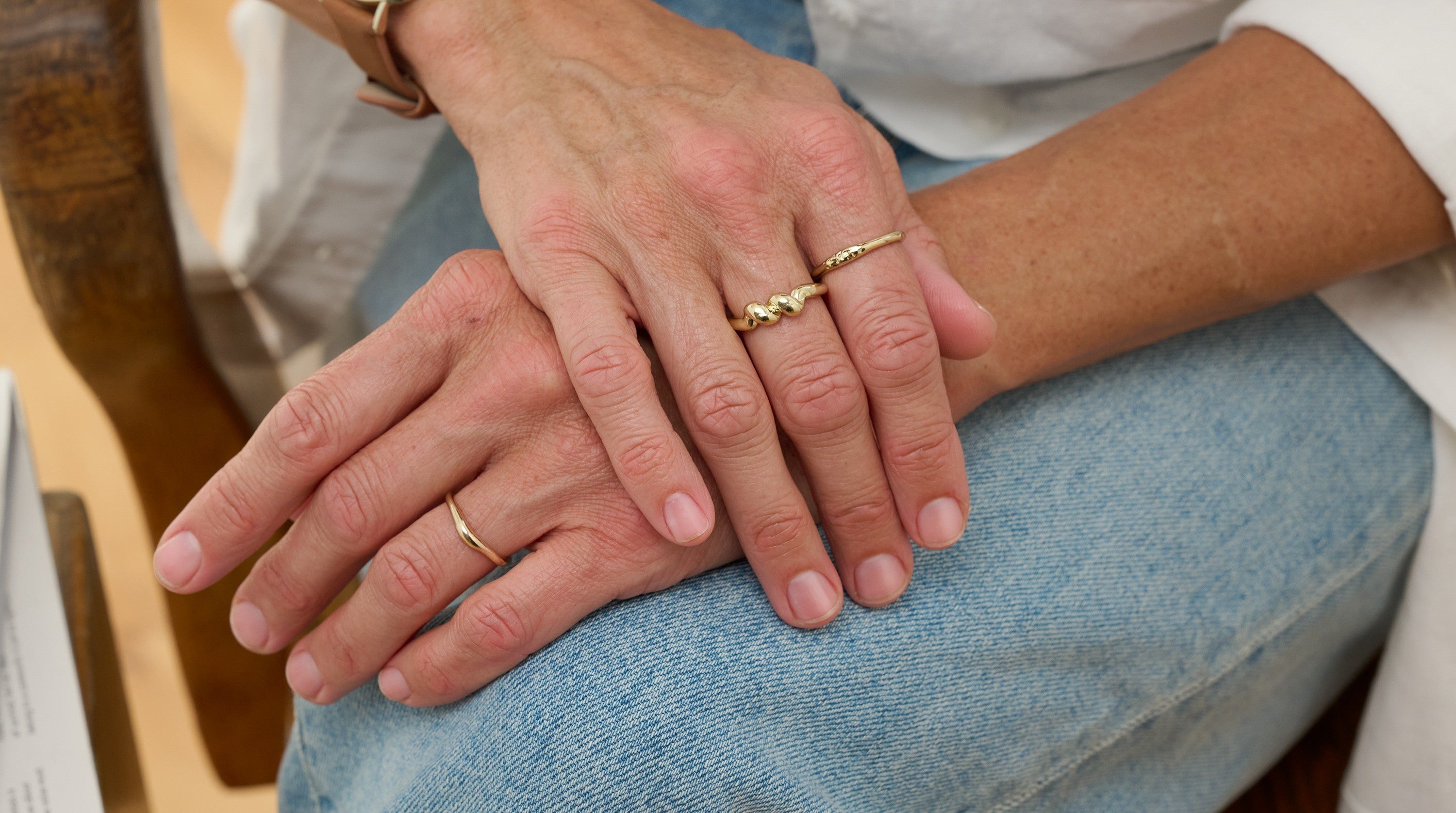Have you ever looked down at your nails and noticed small ridges or waves across the surface? Wavy nails are more common than you might think, and while they’re often harmless, sometimes they can signal something going on beneath the surface.
Your nails are like tiny windows into your overall health. Changes in their texture, color, or shape can happen for simple reasons like daily wear and tear, but they can also be early indicators of nutritional or medical concerns. Understanding what causes nail texture changes can help you take better care of your nails and overall wellbeing.
What Causes Wavy Nails?
Wavy nails can appear for many reasons, some completely normal, others worth checking with a healthcare provider. Here are the most common wavy nails causes:
1. Trauma or Repeated Pressure
Frequent tapping, typing, or even aggressive manicuring can cause temporary ridges or waves to form on the nail plate. This type of trauma can disrupt nail growth from the matrix (the base of your nail), leading to uneven texture as the nail grows out.
Tip: Be gentle when filing or pushing back cuticles, and avoid using your nails as tools.
2. Psoriasis or Eczema Affecting the Nail Bed
Skin conditions like psoriasis and eczema don’t just affect the skin, they can also impact the nails. Nail psoriasis, for example, may cause pitting, ridges, or wavy patterns. These changes happen because inflammation disrupts nail cell growth.
If you also notice skin patches, redness, or scaling, a dermatologist can help confirm whether a skin condition is involved.
3. Nutritional Deficiencies
Your nails need a consistent supply of nutrients to grow strong and smooth. A lack of essential vitamins and minerals such as iron, zinc, or biotin can cause brittle or uneven nails.
Key nutrients for healthy nails:
- Iron – Supports oxygen delivery to nail cells
- Zinc – Helps with nail tissue repair and growth
- Biotin (Vitamin B7) – Strengthens and thickens nail structure
4. Aging and Natural Nail Texture Changes
As we get older, nails naturally grow a little slower and the nail plate can become less dense. The result is subtle, lengthwise (vertical) ridging that’s most noticeable in bright light. For many people, this starts in mid-adulthood and becomes more visible over time.
How to tell if it’s age-related (and generally harmless):
- Pattern: Fine, vertical lines that run from cuticle to tip (not horizontal).
- Symmetry: Similar look across several nails, not just one.
- Severity: Mild texture you can feel in raking light, but the nail is still smooth enough to buff lightly (no deep grooves).
- No red flags: No sudden color change, lifting, crumbling, splitting, or pain.
- Slow, gradual change: Became noticeable over months to years, not days to weeks.
Studies have found that a large majority of older adults show some vertical ridging of the nails, commonly linked to normal nail-plate changes with age. It’s a normal sign of reduced keratin production and moisture retention in the nail plate, not typically a sign of disease.
5. Other Potential Causes
In some cases, systemic conditions such as thyroid disorders or autoimmune diseases can alter nail growth. If you notice wavy nails along with other symptoms like fatigue, hair loss, or skin changes, it’s worth scheduling a medical evaluation.
When It’s Harmless vs. When to See a Doctor
Harmless nail changes are typically:
- Limited to one or two nails
- Linked to physical trauma or aging
- Temporary and grow out with time
In contrast, medical nail changes often:
- Appear in many nails at once, especially if sudden, which is more concerning.
- Come with discoloration, thickening, or pain
- Persist despite gentle care
If your nail texture changes suddenly or is accompanied by other health symptoms, don’t ignore it. Your nails grow slowly, so monitoring changes over several weeks can provide helpful clues for your doctor or dermatologist.
How to Improve Nail Health and Texture
Even when wavy nails aren’t caused by an underlying issue, consistent nail care can make a big difference in their appearance and strength.
1. Practice Gentle Nail Care
- Avoid biting or picking your nails.
- Keep nails clean and filed with a soft emery board.
- Don’t over-buff — this can thin your nails and worsen texture irregularities.
2. Hydrate and Strengthen
Just like your skin, nails need moisture to stay flexible and smooth. Apply a nail and cuticle oil daily to prevent dryness. Hydrated nails are less prone to splitting or forming ridges.
3. Nourish from Within
Include foods rich in protein, omega-3 fatty acids, iron, and zinc in your diet. Eggs, salmon, spinach, and nuts all contribute to stronger, healthier nails.
4. Exfoliate and Restore Nail Texture
Regular nail exfoliation helps remove surface buildup and improve smoothness. Dr. Dana’s Nail Renewal System combines gentle exfoliation with deep hydration to restore shine and even texture — ideal for nails showing signs of aging or stress.

What to Do Next
Noticing wavy nails or nail texture changes can be surprising, but it’s often your body’s way of signaling that something has shifted. Whether it’s minor (like a bump or nutrient imbalance) or something that deserves medical attention.
Don’t panic, but do pay attention. With consistent care, balanced nutrition, and dermatologist-approved nail treatments, you can help restore your nails’ smooth, healthy appearance.
If your nail texture changes persist, worsen, or come with other symptoms, consider booking an appointment with your dermatologist. Healthy nails start with understanding, and a little daily care can go a long way.



